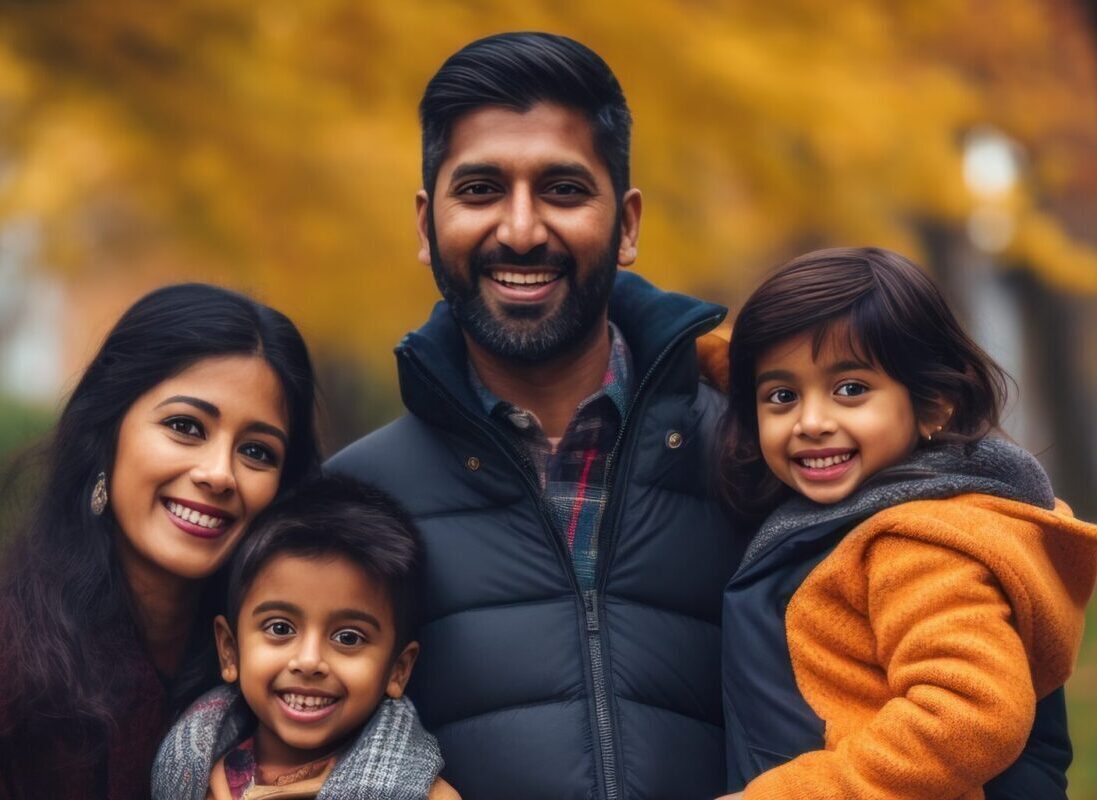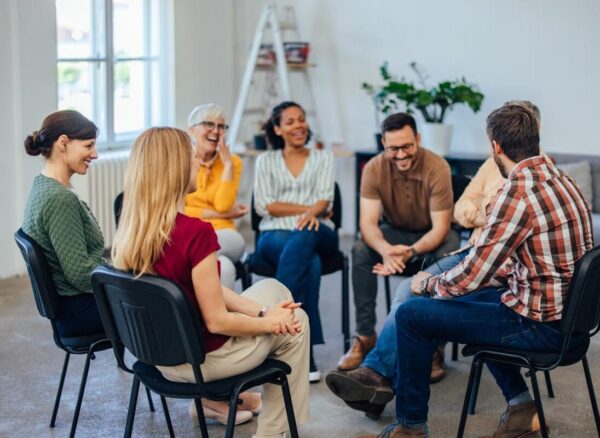Types of Therapy & What to Expect

Individual Therapy
Individual therapy is a collaborative process where you and your therapist work together to address personal challenges. Expect to explore your thoughts, emotions, and behaviors in a safe and supportive environment. You’ll set goals for personal growth and work through obstacles, with the therapist using proven methods to help you make meaningful changes. Regular check-ins will help track progress, and open communication between sessions is encouraged for continued support. The goal is to help you better understand yourself, improve well-being, and achieve lasting positive change.

Couples Therapy
Couples therapy is a collaborative process where both partners work with a therapist to improve their relationship. Expect to openly explore issues that may be causing tension, communication problems, or emotional disconnect. The therapist will help you understand each other’s perspectives, strengthen communication skills, and address conflicts in a healthy way. Together, you’ll set relationship goals and work on creating a more supportive, understanding, and fulfilling connection. Regular check-ins will track progress, with the ultimate goal of fostering a deeper, more positive bond between you and your partner.

Family Therapy
Family Therapy:
Family therapy helps improve communication and resolve conflicts among family members to create a healthier, more supportive environment.
Parent/Child Therapy:
Parent/child therapy focuses on improving understanding and communication between parents and children to strengthen their relationship. The therapist helps both parties address challenges, build trust, and develop effective strategies for navigating conflicts together.

Group Therapy
Group therapy involves a group of people working together with a therapist to address common issues and support one another. Participants share their experiences, challenges, and successes in a safe and confidential setting. The therapist guides discussions, helping individuals explore their feelings, learn from others, and develop coping strategies. Group members provide mutual support, offering diverse perspectives and encouragement. The goal is to foster connection, promote healing, and build a sense of community, while helping individuals grow and improve their mental well-being together.